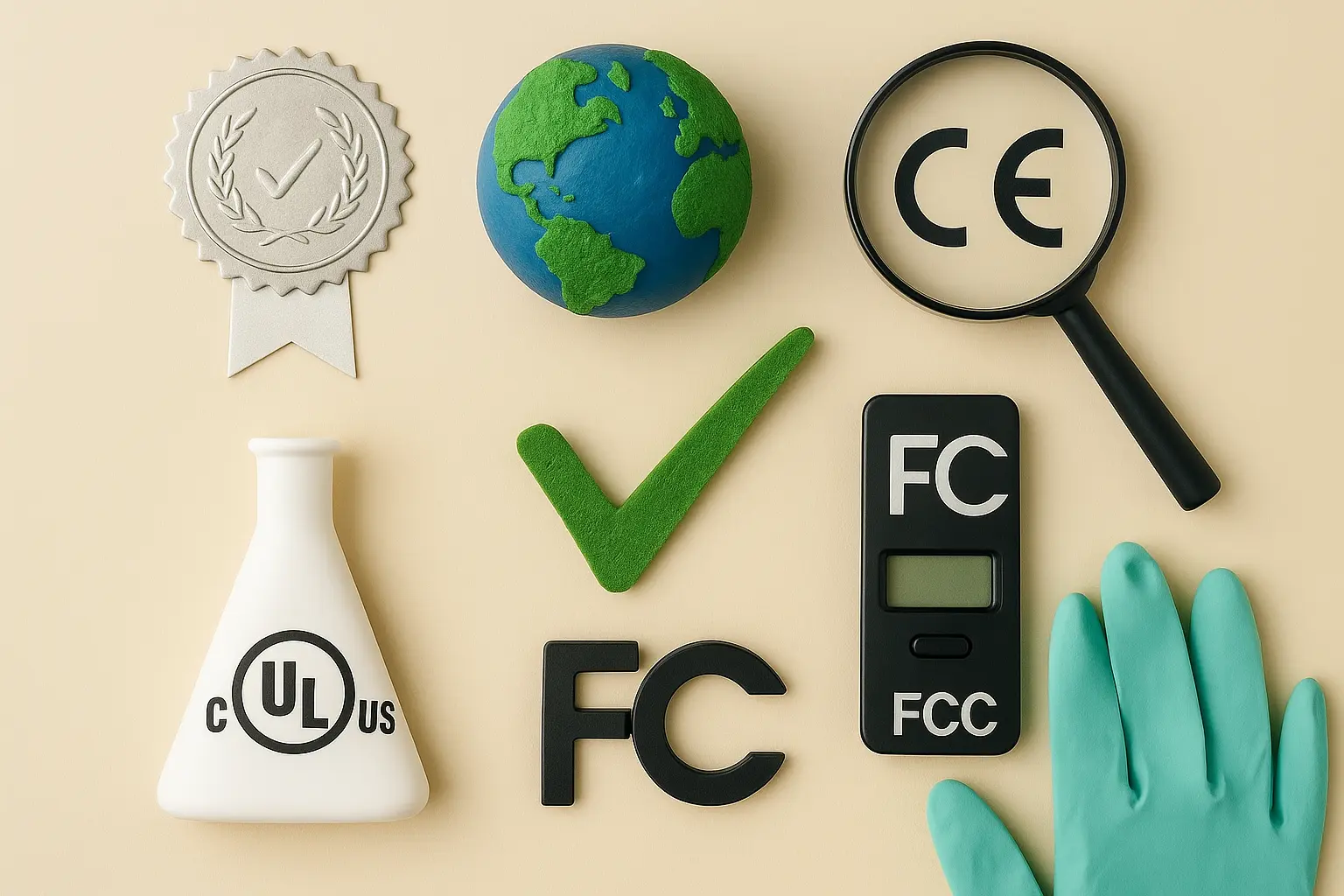Space Equipment Certification
The certification of space equipment is a critical process that ensures the reliability and safety of components used in spacecraft and satellites. This service involves rigorous testing to meet the demanding standards required for space operations, ensuring that equipment can withstand the harsh environmental conditions encountered during launch and operation in orbit.
Spacecraft are exposed to extreme temperatures, vacuum, radiation, mechanical stress, and other challenging factors that terrestrial environments cannot replicate. Certification laboratories must simulate these conditions through a series of tests that mimic the real operational environment as closely as possible. This process involves not only ensuring that equipment functions correctly under these harsh conditions but also verifying its compatibility with existing space systems.
The primary focus is on electrical and mechanical integrity, thermal stability, radiation resistance, and overall durability. These tests are essential to prevent potential failures in orbit, which could lead to mission failure or even loss of life if human spaceflight is involved. The certification process also ensures compliance with international standards that govern the design, manufacture, and operation of space equipment.
The testing protocols used in this service are based on internationally recognized standards such as ISO/IEC 17025 for laboratory accreditation, IEEE standards for electrical and electronic engineering, and NASA and ESA guidelines. These standards ensure consistency and reliability across different certification bodies worldwide. The tests are conducted using specialized equipment that can simulate the vacuum of space, exposure to radiation, and extreme temperature fluctuations.
Once the testing is complete, a detailed report is generated that outlines all test parameters, specimen preparation, instrumentation used, and results obtained. This report serves as evidence of compliance with required standards and provides confidence in the reliability of the certified equipment. The certification process also ensures that suppliers adhere to stringent quality control measures, reducing the risk of defects or failures during critical operations.
The importance of this service cannot be overstated. Space missions are expensive and complex undertakings, and any failure can have far-reaching consequences. By ensuring that space equipment is rigorously tested and certified, we contribute to mission success and safety. This certification process plays a vital role in the aerospace industry, supporting both commercial satellite operations and government-sponsored space programs.
In summary, Space Equipment Certification is a critical service that ensures the reliability and safety of components used in spacecraft and satellites. By adhering to international standards and using specialized testing equipment, we provide a robust certification process that meets the demanding requirements of the aerospace industry.
Applied Standards
| Standard | Description |
|---|---|
| ISO/IEC 17025 | Accreditation standard for testing and calibration laboratories. |
| NASA Spec. 8739.5 | Spacecraft electrical and environmental test methods. |
| IEC 61558-2-20 | Electrical insulation of low-voltage power systems in space applications. |
| ESA Standard | European Space Agency's technical and quality requirements for spacecraft components. |
Customer Impact and Satisfaction
- Increased confidence in the reliability of space equipment.
- Reduction in mission risks due to certified equipment.
- Maintaining compliance with international standards for satellite operations.
- Enhancement of the reputation of suppliers involved in space missions.
- Positive feedback from clients regarding the accuracy and thoroughness of reports generated.
- Successful mission launches and operations due to certified equipment.
Environmental and Sustainability Contributions
- Reduction in the risk of space debris by ensuring robust, reliable components that do not fail during orbit.
- Minimized launch costs due to fewer mission failures or delays caused by equipment issues.
- Increased efficiency in satellite operations leading to optimized resource utilization on Earth.
- The use of sustainable materials and energy-efficient testing methods where applicable.
- Supporting research aimed at minimizing the environmental impact of space activities.





